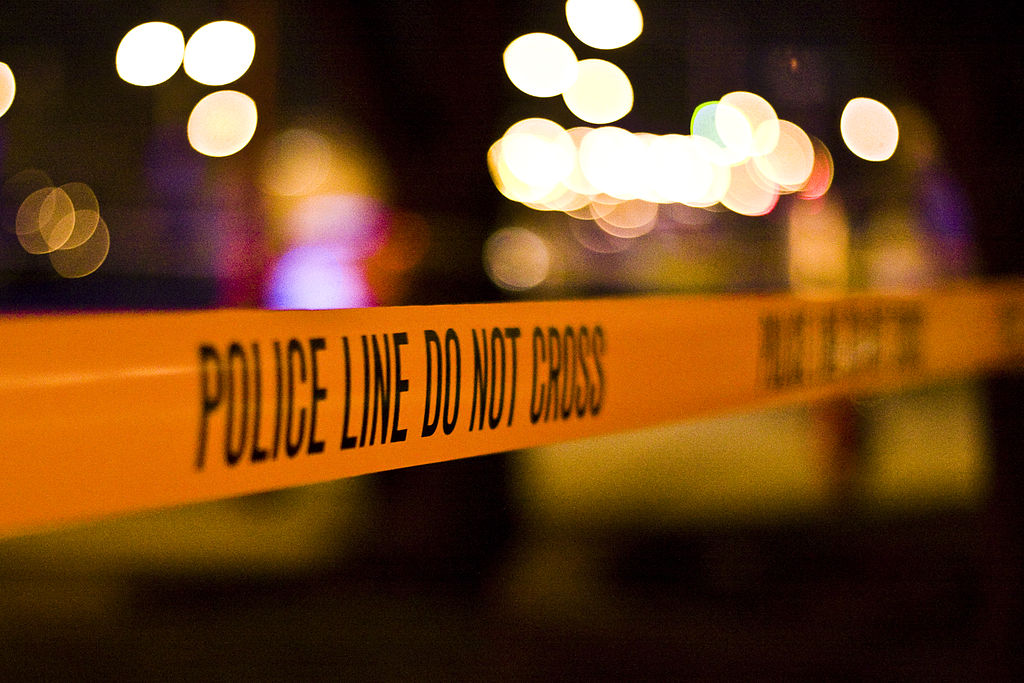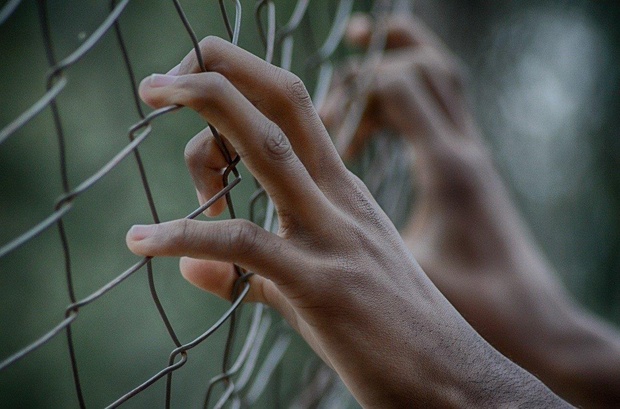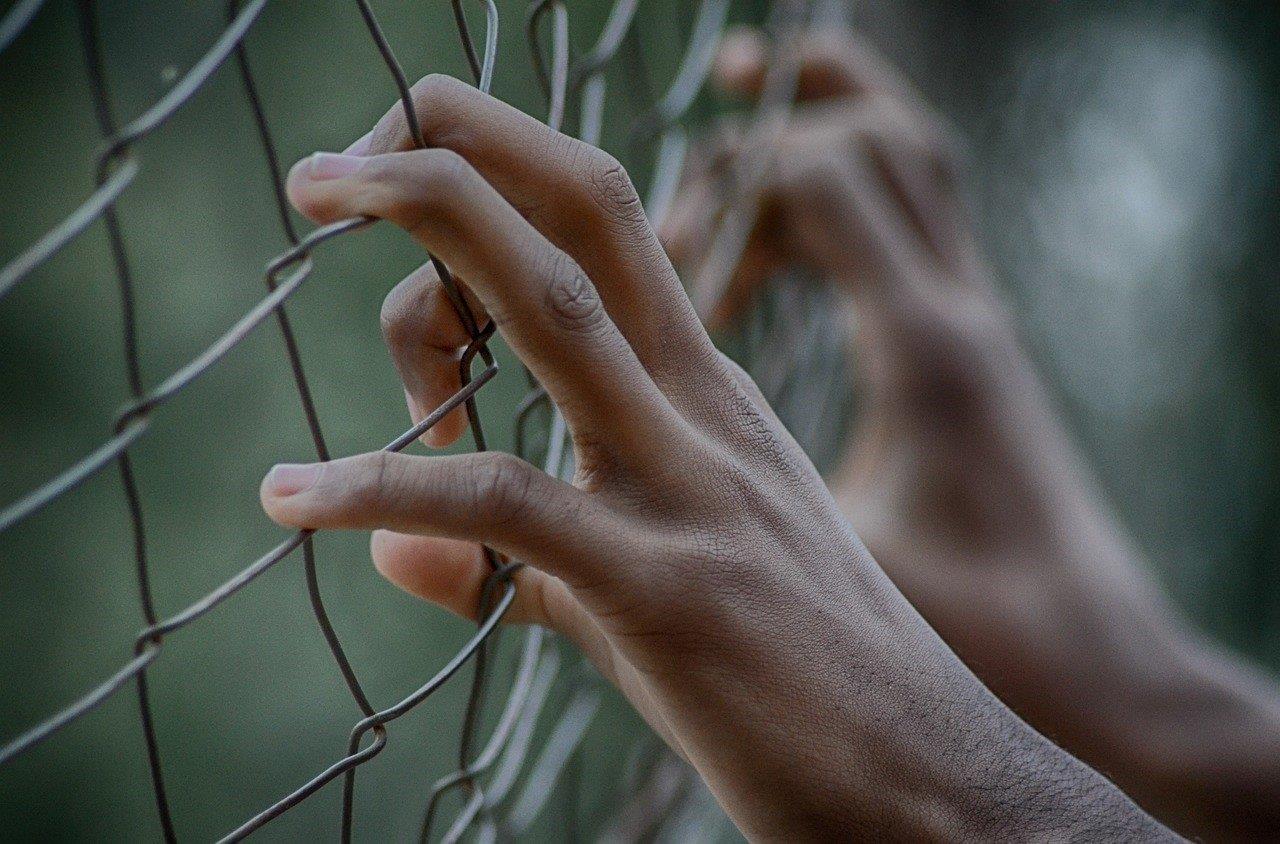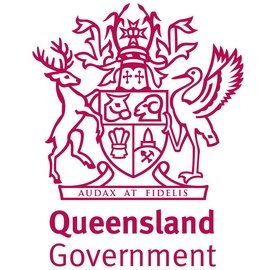With First Nations children 20 times more likely to be incarcerated across the country than non-Indigenous young people, University of Queensland School of Nursing, Midwifery and Social Work PhD candidate Lorelle Holland believes addressing the disparity will take a holistic and ‘decolonised’ approach.
“If we actually stop looking at the negatives and the offending and the behaviour and try to heal, that’s also part of decolonising,” she said.
“When you talk about decolonising, to me, it’s re-imagining a society that’s actually willing to acknowledge past atrocities and maybe why situations are what they are.”
As was highlighted by Dr Mati Keynes in an article he wrote for University of Melbourne’s Pursuit website, since Kevin Rudd’s 2008 National Apology to the Stolen Generations (in his words) “turned a new page in the nation’s history”, a shift towards truth-telling has slowly been taking shape.
Earlier this year Keynes published a research paper titled From apology to truth? Settler colonial injustice and curricular reform in Australia since 2008.
He said following the Apology and the development of the first national curriculum, more content about the nation’s colonial past – including dispossession, disenfranchisement, discrimination, violence, and the forced removal of Aboriginal and Torres Strait Islander children from their families – has been systematically included.
“This inclusion of colonial injustices in school curriculum is a transnational phenomenon,” he said in the article.
In the new national curriculum, Australian history content now includes the concept of truth-telling in the Humanities and Social Sciences (HASS) subjects.
For instance, a new content addition for History and Civics and Citizenship subjects in Year 10 level notes “how Reconciliation is not a single significant event or change, but an ongoing process of truth-telling and healing between First Nations Australians and other Australians”.
In Victoria, a new curriculum is being developed and will be implemented in 2026.
Holland’s research focused on Indigenous children aged 10-18 participating in diversion programs aimed at keeping them out of the justice system.
They included residential remand and bail support initiatives, homelessness services and help for those appearing before specialist Indigenous courts.

Growing crime rates and anti-social behaviour have been major issues in Territory communities for some time, but the issue drew national attention early in 2024 with a series of wild brawls in Alice Springs.
Holland said only 10 of the 31 diversion programs assessed in the study addressed factors like Indigenous connection to land, culture, spirituality, family and community.
“It’s because there’s no dialogue with community when they establish the programs, and they need to do better,” the Mandandanji woman said.
But Holland said the most highly commended programs assessed by researchers addressed the complex needs of Indigenous children by supporting their social and emotional wellbeing, which led to a decline in offending behaviours.
“The best and most culturally appropriate are the ones that are Indigenous-led, place-based and actually look at a holistic family focus over the life course,” she said.
The programs were examined through an Indigenous perspective of health and wellbeing, analysing their effectiveness in keeping First Nations youth out of detention.
“We can’t target children in isolation to their families and community,” Holland said.
“The Aboriginal ways of knowing, being and doing is that we don’t leave people behind, we’re a collective culture and bring everybody together.”
The study findings appear in First Nations Health and Wellbeing – the Lowitja Journal.
Their publication follows the unveiling of a new $130 million youth detention centre in Darwin.
As youth crime continues to dominate debate in the lead-up to the Northern Territory election, Chief Minister Eva Lawler has declared the “purpose-built” facility her Government’s “common sense solution” to the issue.
The 44-bed centre will open in October, sits metres from the Darwin Adult Correctional Centre and boasts “work-readiness” training facilities alongside a school, health clinic and “state-of-the-art security features”.
It also has a three-by-two metre room with padded walls the Government says is a “low-stimulation room” despite the 1987-91 Aboriginal deaths in custody royal commission recommending such cells cease being used for at-risk people.
“The young people that come here will be on a pathway to turn their lives around and to improve their lives, to get an education, to get training and to not find themselves having to come back to this facility,” Lawler said on Tuesday.
(with AAP)














